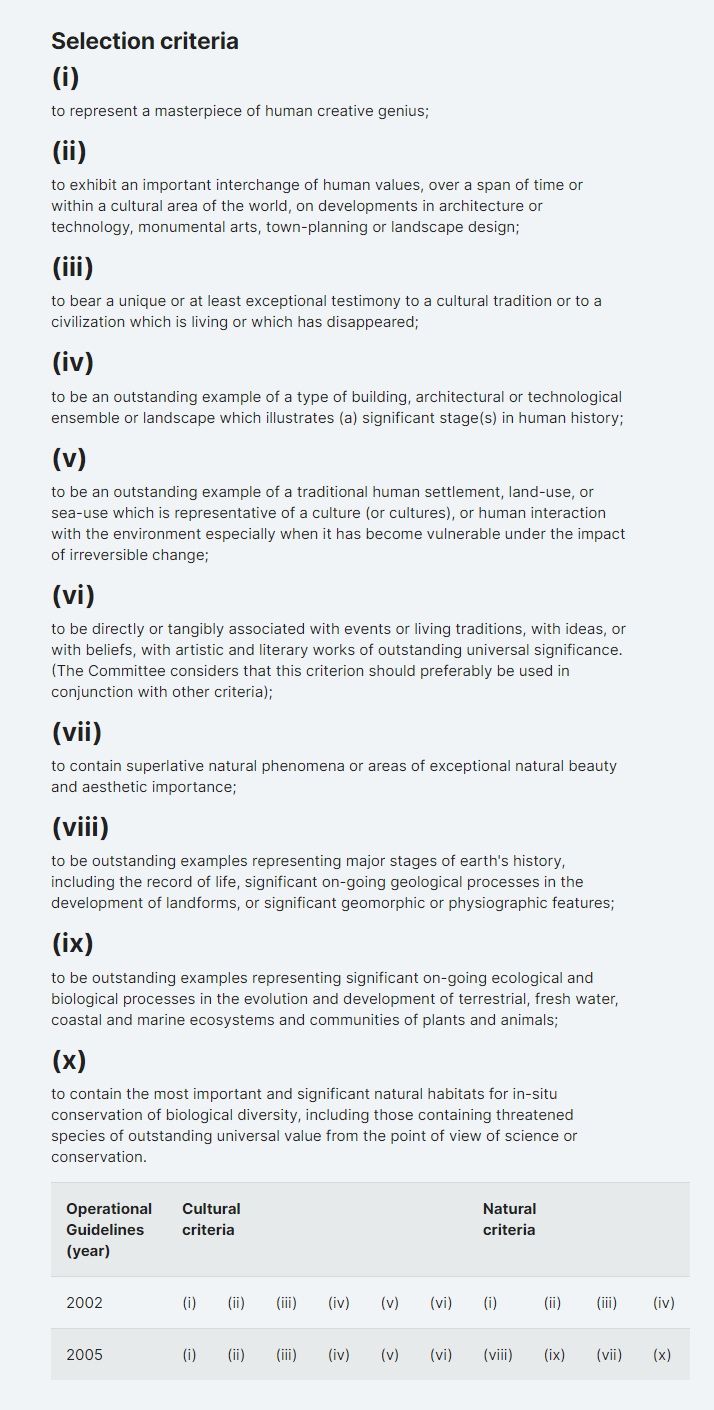Indian Heritage & Culture
Maratha Military Landscapes
- 01 Feb 2024
- 7 min read
For Prelims: UNESCO World Heritage Site, Western Ghats, Archaeological Survey of India, Chhatrapati Shivaji Maharaj
For Mains: Significance of UNESCO World Heritage sites, history of Marathas and Shivaji.
Why in News?
India is set to nominate the "Maratha Military Landscapes" for the United Nations Educational, Scientific and Cultural Organization (UNESCO) World Heritage recognition in 2024-25.
- This nomination comprises 12 components, showcasing the strategic military prowess of the Maratha rule across various regions.
What are the Maratha Military Landscapes?
- The ‘Maratha Military Landscapes’ is a network of 12 forts and fortifications that represent the extraordinary military system and strategy of the Maratha rulers in the 17th-19th centuries
- The twelve parts of this nomination are, Salher Fort, Shivneri Fort, Lohgad, Khanderi Fort, Raigad, Rajgad, Pratapgad, Suvarnadurg, Panhala Fort, Vijay durg, Sindhudurg in Maharashtra and Gingee Fort in Tamil Nadu.
- The Maratha Military Landscapes of India are included in the Tentative List of World Heritage sites in 2021.
- Maratha Military Landscapes is the sixth cultural property nominated for inclusion in the World Heritage List from Maharashtra.
- This network of forts, varying in hierarchies, scales and typological features, is a result of integrating the landscape, terrain and physiographic characteristics distinctive to the Western Ghats (Sahyadri Hills), the Konkan Coast, Deccan Plateau and the Eastern Ghats in the Indian Peninsula.
- There are more than 390 forts in Maharashtra out of which only 12 forts are selected under the Maratha Military Landscapes of India, of these 8 forts are protected by the Archaeological Survey of India.
- These are Shivneri Fort, Lohgad, Raigad, Suvarnadurg, Panhala Fort, Vijaydurg, Sindhudurg and Gingee Fort.
- Salher Fort, Rajgad, Khanderi Fort and Pratapgarh are protected by the Directorate of Archaeology and Museums, Government of Maharashtra.
- In the Maratha Military Landscapes of India Salher Fort, Shivneri Fort, Lohgad, Raigad, Rajgad and Gingee Fort are hill forts, Pratapgad is a hill-forest fort, Panhala is a hill-plateau fort, Vijaydurg is coastal fort whereas Khanderi fort, Suvarnadurg and Sindhudurg are island forts.
- The Maratha Military ideology originated in the 17th century under the rule of Chhatrapati Shivaji Maharaj in 1670 CE, extending through subsequent rulers until the Peshwa rule concluded in 1818 CE.
Note
- At present in India there are 42 World Heritage sites, out of which 34 are cultural sites, 7 are natural sites and one is mixed sites.
- In Maharashtra there are six World Heritage Sites, five cultural and one natural.
- These are, Ajanta Caves (1983), Ellora Caves (1983), Elephanta Caves (1987), Chhatrapati Shivaji Maharaj Terminus (formerly Victoria Terminus) (2004), Victorian Gothic and Art Deco Ensembles of Mumbai (2018) and western Ghats of Maharashtra, Karnataka, Tamil Nadu and Kerala is serial property in natural category (2012).
- In Maharashtra there are six World Heritage Sites, five cultural and one natural.
What is the Process for the UNESCO World Heritage List nomination?
- The World Heritage List is a list of sites that have outstanding universal value for humanity and nature, as determined by the United Nations Educational, Scientific and Cultural Organization (UNESCO).
- Before 2004, World Heritage sites were selected based on six cultural and four natural criteria.
- There are two categories of nomination cultural and natural criteria, the Maratha Military landscapes is nominated in the category of cultural criteria.
- There are six criteria (i to vi) for cultural sites and four criteria (vii to x) for natural sites for inclusion in the World Heritage List.
- The Maratha Military Landscapes of India is nominated under Criterion (iii), Criterion (iv) and Criterion (vi).
- A country can't nominate a property to the World Heritage List unless it's been on its Tentative List for at least one year.
- A Tentative List is an inventory of potential World Heritage Sites that a country submits to UNESCO. After a property is on the Tentative List, the country can nominate it for the World Heritage List. The World Heritage Committee will review the nomination.
- The list of World Heritage Sites is maintained by the International 'World Heritage Programme', administered by the UNESCO World Heritage Committee.
Read more: Chhatrapati Shivaji Maharaj
UPSC Civil Services Examination, Previous Year Question (PYQ)
Prelims:
Q. What was the immediate reason for Ahmad Shah Abdali to invade India and fight the Third Battle of Panipat? (2010)
(a) He wanted to avenge the expulsion by Marathas of his viceroy Timur Shah from Lahore
(b) The frustrated governor of Jullundhar Adina Beg Khan invited him to invade Punjab
(c) He wanted to punish Mughal administration for non-payment of the revenues of the Chahar Mahal (Gujarat, Aurangabad, Sialkot & Pasrur)
(d) He wanted to annex all the fertile plains of Punjab up to the borders of Delhi to his kingdom
Ans: (a)
Mains:
Q.1 Safeguarding the Indian Art Heritage is the need of the moment. Discuss. (2018)
Q.2 Indian Philosophy and tradition played a significant role in conceiving and shaping the monuments and their art in India. Discuss. (2020)




 World Heritage Sites.png)




